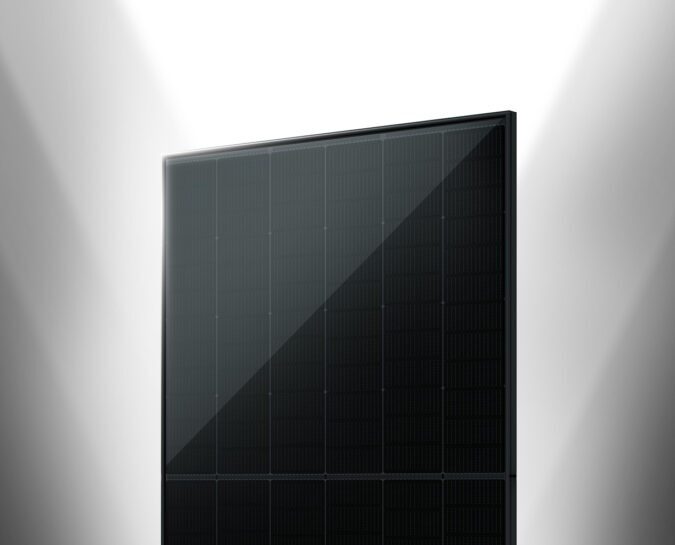Africa deployed an additional 2.5 GW of solar in 2024, according to AFSIA‘s new “Africa Solar Outlook 2025” report.
AFSIA’s figures, which do not include residential installations, take the continent’s combined solar capacity to 19.2 GW. It said the new solar additions last year accounted for 0.5% of all new global capacity – a level last recorded in 2013.
“Such a low share of business is not doing justice to the African solar potential nor the need for new power generation across the continent,” AFSIA said. “It is hoped that financing streams evolve in the coming years so that Africa can fully exploit its unrivaled solar potential.”
There is optimism that deployment will accelerate in the coming years. In 2024, 40 GW of new projects were announced, the report said, representing a 21% increase in the project pipeline compared to 2023.
AFSIA said South Africa and Egypt accounted for about 78% of Africa’s new PV additions last year, with South Africa contributing roughly half and Egypt coming in at 28%. However, AFSIA said it expects the distribution of solar to shift in 2025 as landmark projects start construction in other countries.
AFSIA also analyzed the percentage of solar in each African country's overall energy mix. The Central African Republic currently leads the way in this metric, with solar accounting for 43.1% of the country’s energy mix, followed by Mauritania at 20.7% and Namibia at 13.4%. A total of seven African countries have figures above 10%, while 21 currently produce 5% or more of the electricity they consume through solar.
Utility-scale PV represented 72% of new solar installations in Africa in 2024, compared to 32.4% the year prior. In absolute figures, this translates to 1.78 GW in utility-scale installations in 2024, compared to 521 MW the year prior.
AFSIA said utility-scale projects dominated new solar additions in Africa last year, contrasting with the previous two years, when the commercial and industrial (C&I) segment led growth, primarily due to market evolution in South Africa.
The report noted that the C&I market remains strong, with nearly 6 GW of captive projects and 1.7 GW of wheeling projects announced in 2024. While most upcoming wheeling projects are in South Africa, AFSIA said most captive C&I projects are outside the country.
AFSIA said that Africa’s energy storage market grew rapidly in 2024, with total installed capacity reaching 1.64 GWh, a tenfold increase from 157 MWh in 2023. The association said it expects continued growth, with 18 GWh of storage projects now under development.
The report said the market’s expansion is making solar-plus-storage the standard for utility-scale projects and plant upgrades. Countries such as South Africa, Senegal, Malawi, Botswana, Tanzania, Namibia, and Mauritius are pursuing large-scale storage initiatives with a combined capacity exceeding 500 MW.
This content is protected by copyright and may not be reused. If you want to cooperate with us and would like to reuse some of our content, please contact: editors@pv-magazine.com.




By submitting this form you agree to pv magazine using your data for the purposes of publishing your comment.
Your personal data will only be disclosed or otherwise transmitted to third parties for the purposes of spam filtering or if this is necessary for technical maintenance of the website. Any other transfer to third parties will not take place unless this is justified on the basis of applicable data protection regulations or if pv magazine is legally obliged to do so.
You may revoke this consent at any time with effect for the future, in which case your personal data will be deleted immediately. Otherwise, your data will be deleted if pv magazine has processed your request or the purpose of data storage is fulfilled.
Further information on data privacy can be found in our Data Protection Policy.